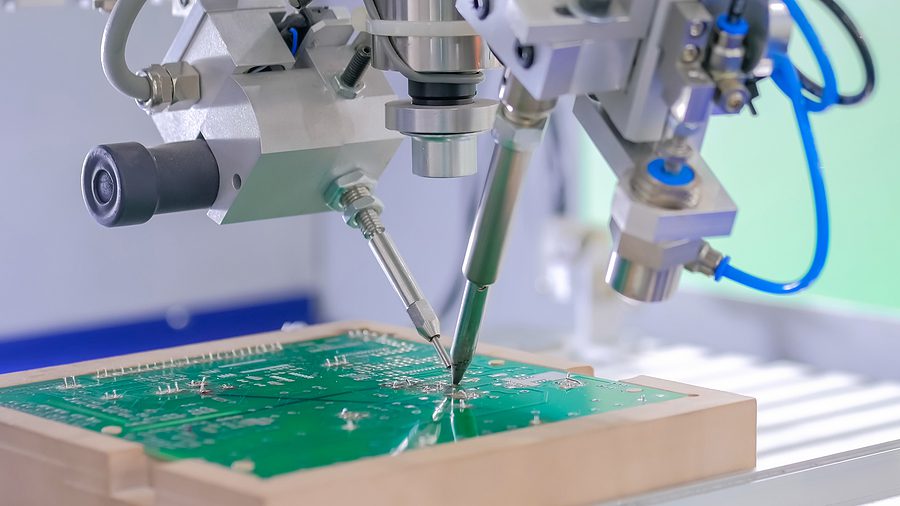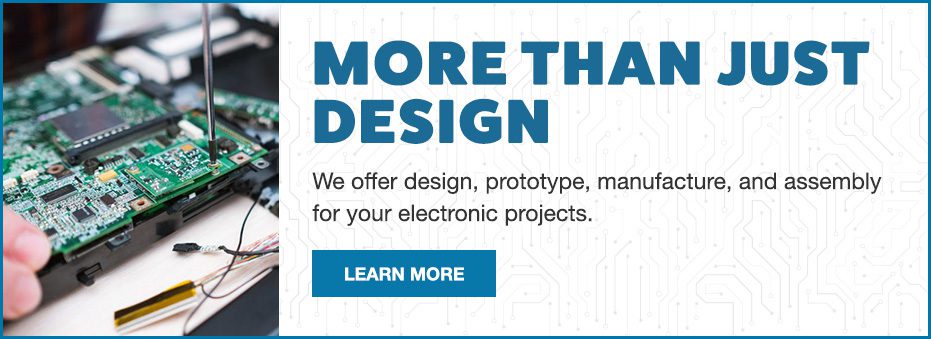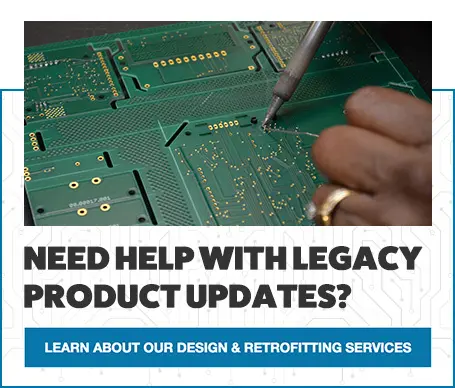On-Site Engineers Have a Positive Impact on PCB Manufacturing
Choosing an ECM partner for your PCB manufacturing can be difficult. You are likely weighing all the factors such as location, cost, and capability. One of the most important factors when choosing an ECM partner should be a turnkey facility complete with on-site engineers.
On-Site Engineers Help with Design Assistance
An on-site engineering team can take your initial design and work with your team to turn that design into the right blueprint for the PCB manufacturing your project needs. Whether working from a sketch or from a computer design program, a turnkey shop who offers design assistance can take your design to the next level, assuring ease of manufacturing and product success.
An intricate design may turn out to be difficult to manufacture or assemble, adding additional time to the development and production of your end product. Having the engineering team weigh in on this phase of the project will streamline the design and ensure efficient manufacturing so you can avoid delays later in the process when errors can be time consuming and costly to fix.

Engineers Can Streamline and Optimize Your Design using DFM Analysis
Design-for-Manufacturability (DFM) is a valuable advantage on-site engineers can offer your project. Products that include DFM analysis are more likely to be successful, come in on time, and finish within budget. This is because the design can incorporate any potential issues before they even have the opportunity to become issues. DFM is designed with the best available components, with the best layout for functionality, and with the end product and users in mind.
Prototyping and Troubleshooting
No matter how perfect a design may seem on paper or on a computer, developing a prototype before beginning the manufacturing process is important, and this is where the engineers demonstrate their expertise. On-site engineers can create a working prototype for testing and troubleshooting in between the design and production phases of the project to ensure that the final product will be a success. A prototype will allow the engineers to work with the right materials and study the layout, design, functionality, and efficiency. Skipping this step, whether due to budget or time, is often a risk that you should not be willing to take. The prototyping and troubleshooting stage, when overseen by the on-site engineers, will ultimately save both time and money in the long run, even though it is an added step in the process.
Reverse Engineering for Legacy Designs 
When you are searching for the right ECM partner, it’s important to look for one who has engineers with reverse engineering capabilities. When engineers are able to reverse engineer an existing product, legacy designs that may run into manufacturing issues due to parts obsolescence can be revived and remain on the market as a reliable device. This will allow your legacy products to evolve without a full reinvention. Reverse engineering is also quite useful to troubleshoot any issues that may arise. Rather than considering the design or manufacture a failure, the engineers can work backward to find the source and move your design forward again through production efficiently.
Choosing an ECM with on-site engineers who will be available to tend to your project throughout all stages of the assembly process is one of the best decisions you can make for the success of your PCB project. From design, prototyping, and troubleshooting, on-site engineers can make a big difference in the success of your end product. Contact Levison Enterprises for a quote on your next project.
Start Your Quote Now!